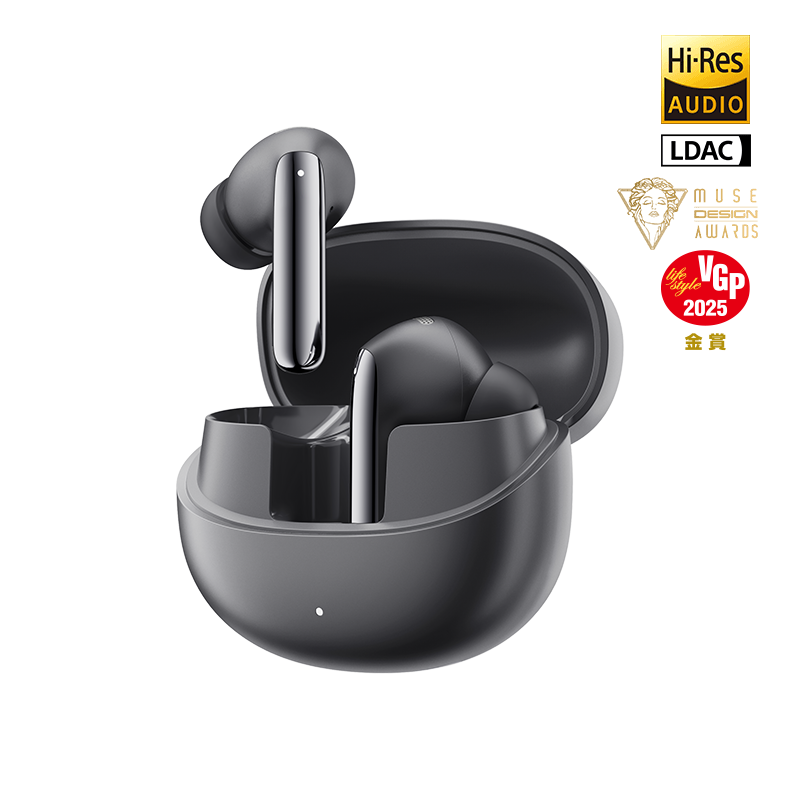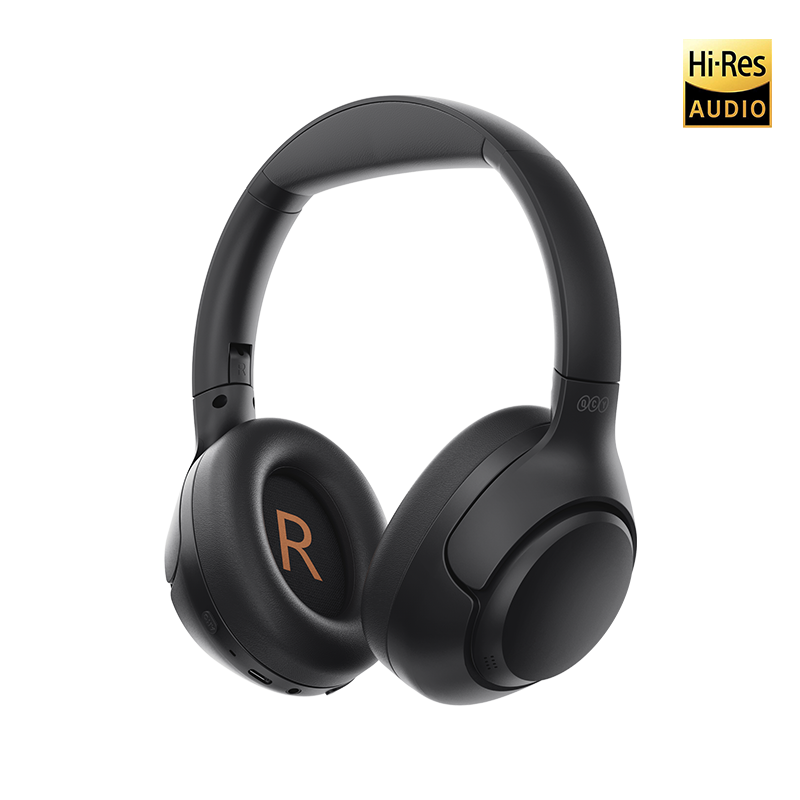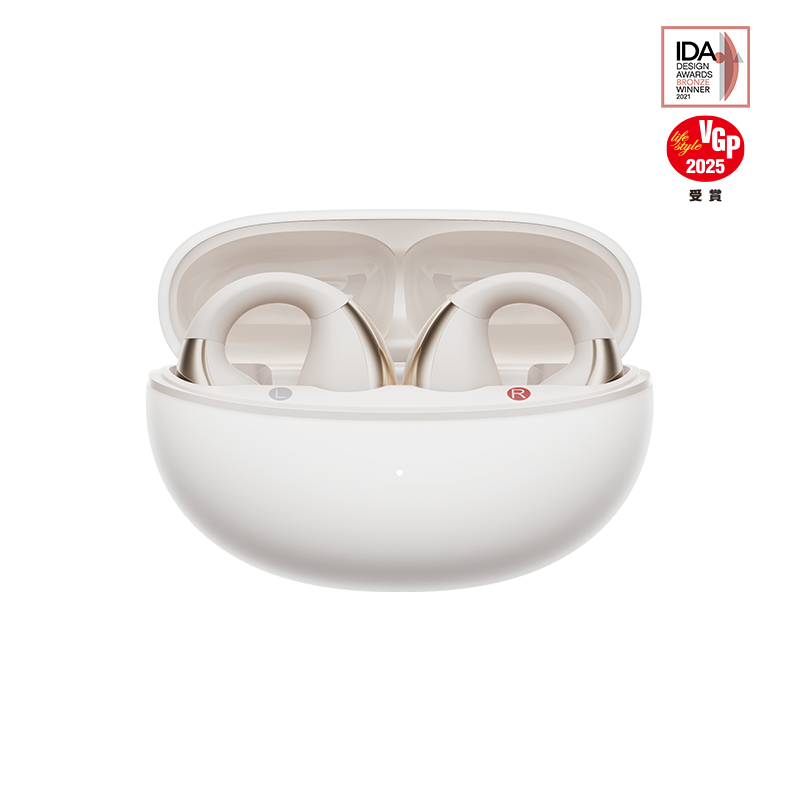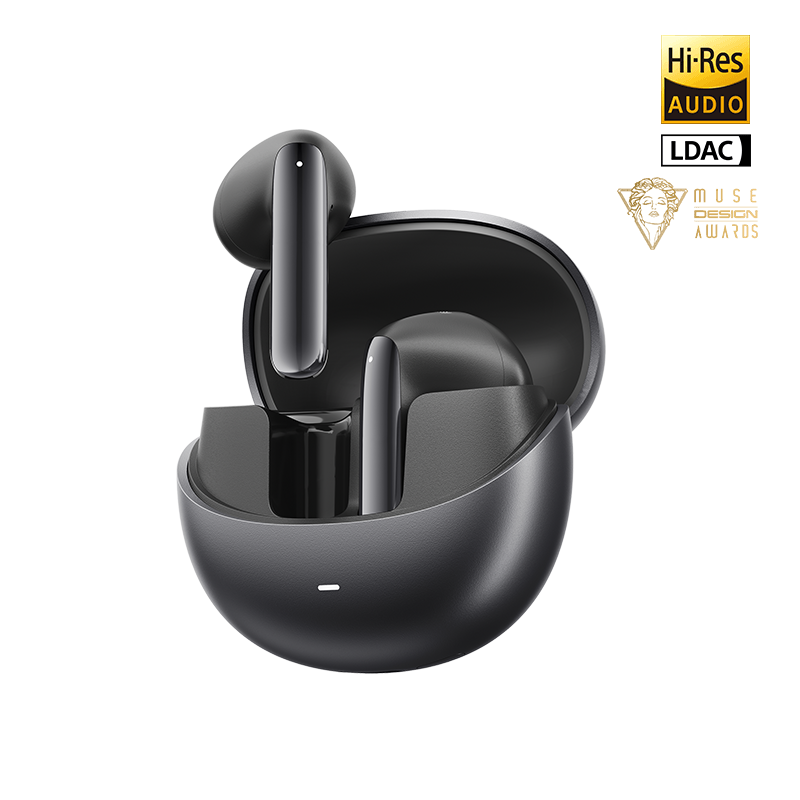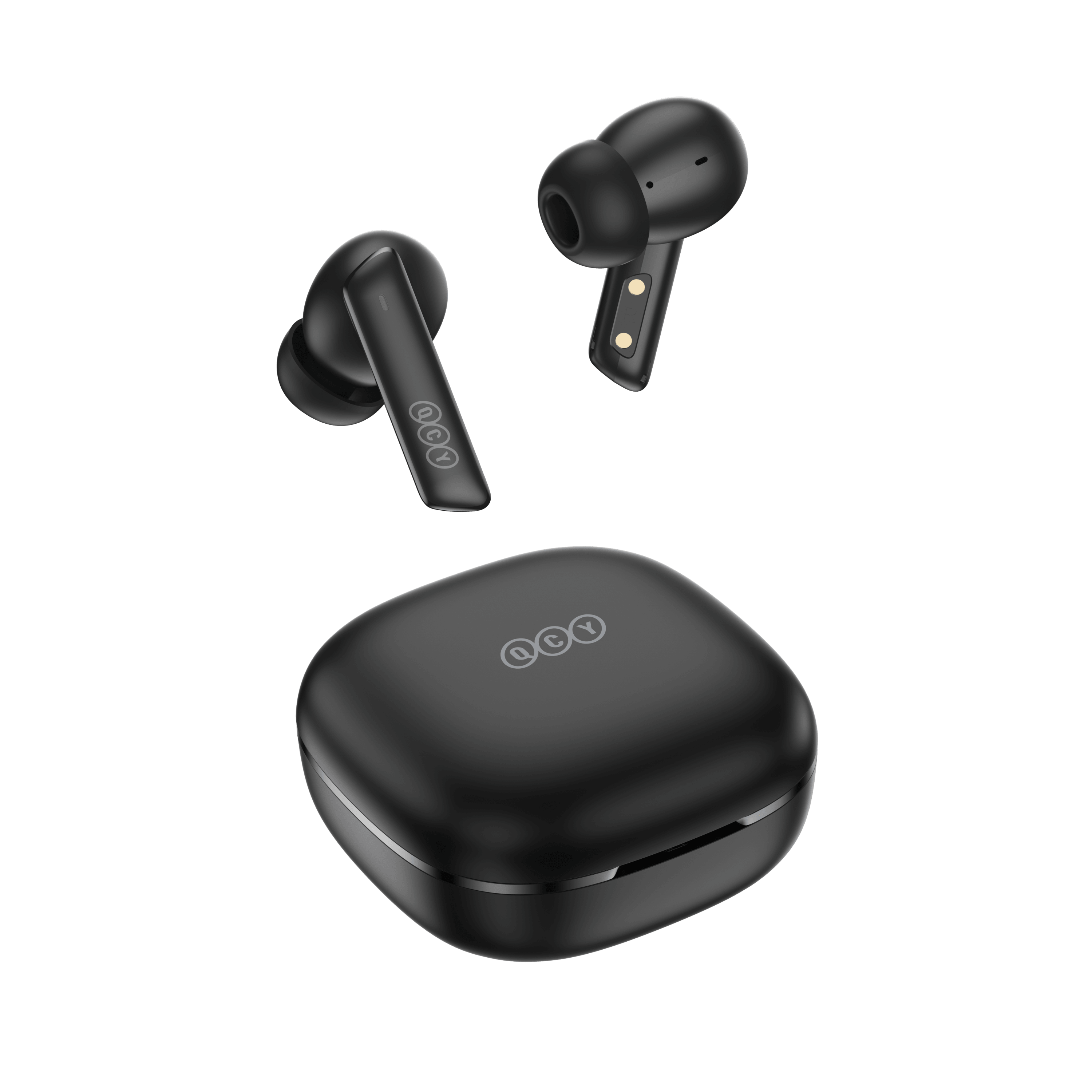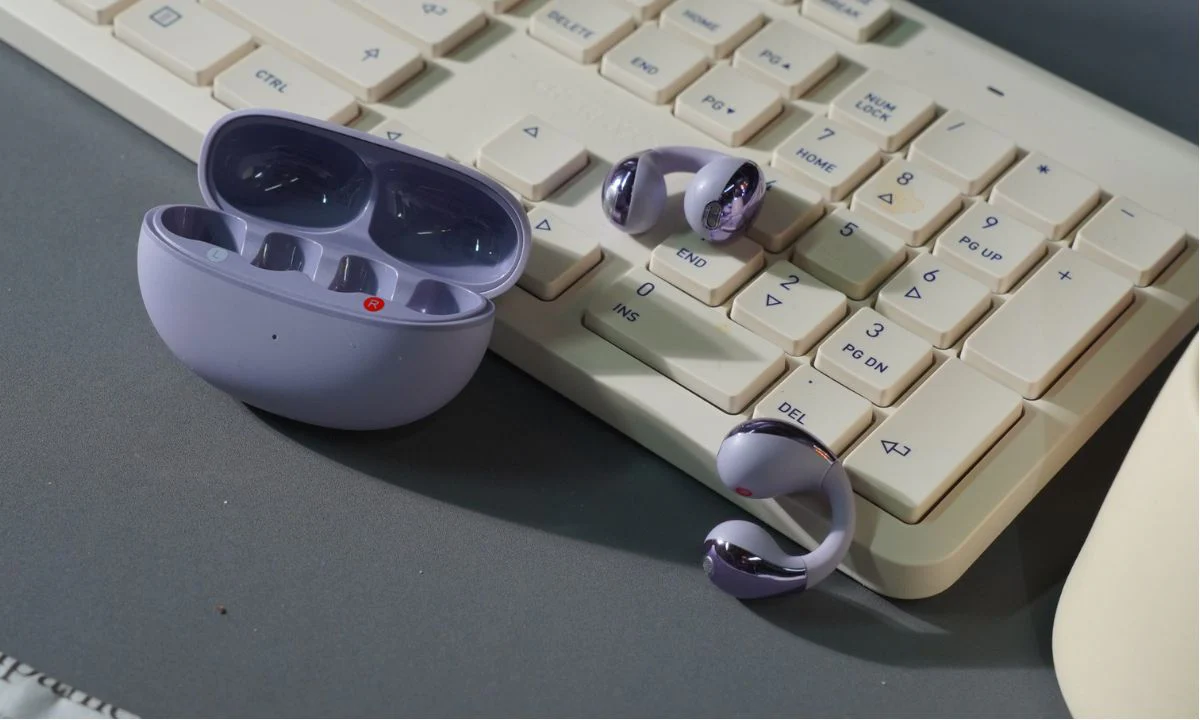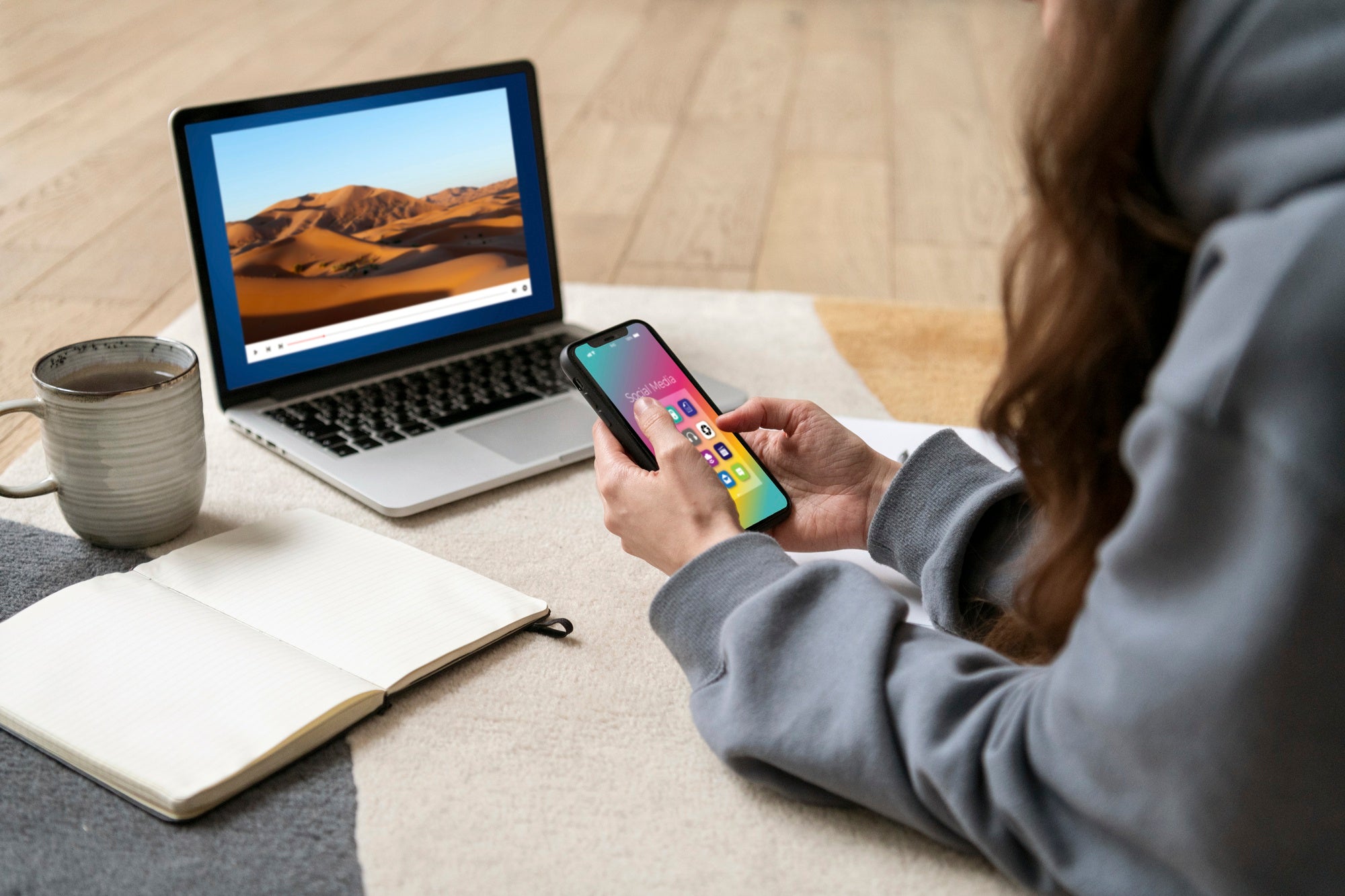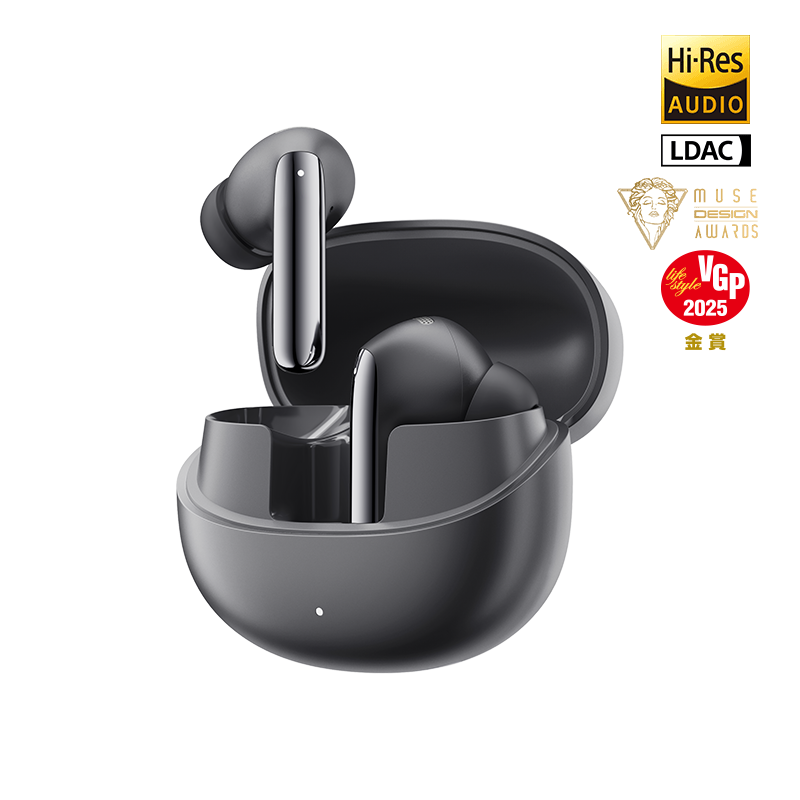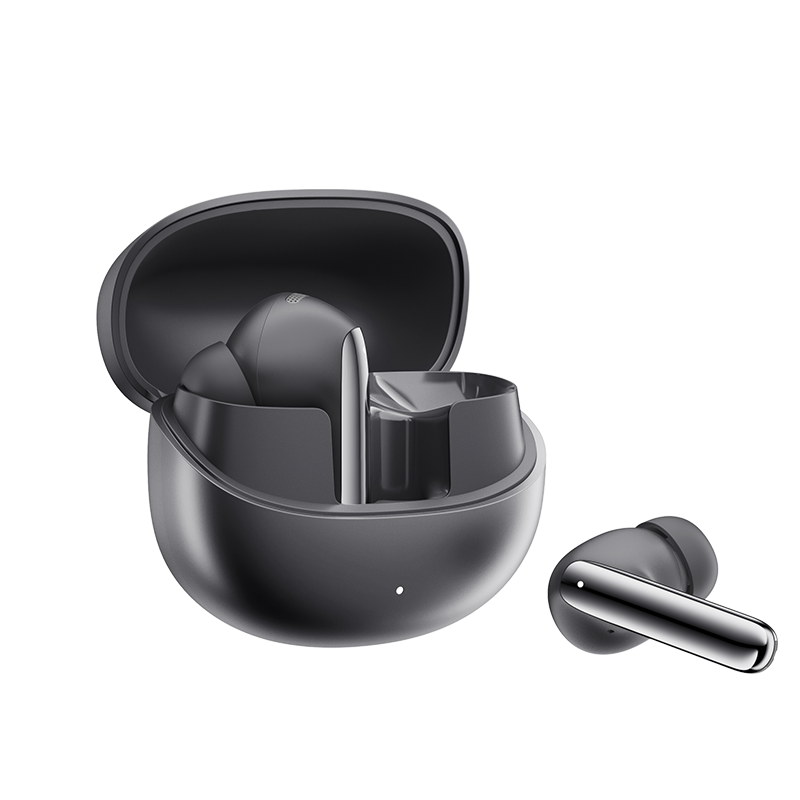
Wireless technology has transformed the way we listen to music, make phone calls, and interact with our devices. With a wide variety of wireless headphones available, it's essential to understand the differences between common wireless headphones and Bluetooth headphones. This knowledge can help you choose the right pair of headphones based on your lifestyle, needs, and preferences. In this blog, we will explore these key differences and help you decide which type is better for you. At the end, we will recommend some top QCY Bluetooth headphones to consider.
1. Wireless Headphones vs. Bluetooth Headphones: Understanding the Basics
Common Wireless Headphones
Wireless headphones refer to any headphones that do not rely on physical wires to connect to a device. These headphones use various wireless technologies such as infrared (IR), radio frequency (RF), or Bluetooth. Wireless headphones typically come with a transmitter or base station that connects to your audio source, such as a TV, home stereo system, or gaming console, and transmits the audio wirelessly to the headphones.
- Infrared (IR): IR headphones use infrared light to transmit sound. They need a direct line of sight between the transmitter and headphones to function and typically have a short range.
- Radio Frequency (RF): RF headphones use radio signals to transmit sound, providing a longer range than IR headphones. RF technology is ideal for home use, especially for watching TV, as it can transmit through walls and objects, giving users more freedom to move around.
Bluetooth Headphones
Bluetooth headphones are a specific type of wireless headphone that uses Bluetooth technology to connect to devices. Unlike RF or IR headphones, Bluetooth headphones are designed for a wide range of devices, including smartphones, tablets, laptops, and even smartwatches. Bluetooth headphones are the most popular type of wireless headphones due to their versatility and compatibility with a variety of devices.
- Bluetooth Technology: Bluetooth headphones use short-range radio waves (typically up to 10 meters) to connect directly to your device. No base station or transmitter is required, making them convenient and portable.
- Compatibility: Bluetooth headphones can pair with almost any Bluetooth-enabled device, making them highly versatile for daily use across various platforms.
2. Sound Quality: RF and Bluetooth
The sound quality of wireless headphones depends largely on the type of wireless technology used.
- RF Headphones: RF headphones tend to offer strong audio quality with minimal latency, making them ideal for home use, such as watching TV or gaming. However, they are more prone to interference from other wireless devices like Wi-Fi routers or microwaves, which can degrade sound quality.
- Bluetooth Headphones: Modern Bluetooth headphones have significantly improved in sound quality, especially with the introduction of advanced codecs like aptX, aptX HD, and LDAC. These codecs allow for higher-quality audio streaming, making Bluetooth headphones a solid choice for music lovers on the go. However, Bluetooth headphones may experience some latency, although this is often negligible in daily use.
3. Range and Portability
One of the key differences between common wireless headphones (RF and IR) and Bluetooth headphones is the range of use and portability.
- RF Headphones: RF headphones typically offer a much longer range (up to 100 meters), making them great for home entertainment. You can walk around your house and still stay connected to your audio source. However, they are not very portable, as they usually require a dedicated transmitter or base station.
- Bluetooth Headphones: Bluetooth headphones have a shorter range (up to 10 meters or 33 feet), but they excel in portability. With no need for a separate transmitter, Bluetooth headphones can be easily paired with mobile devices and taken anywhere, making them ideal for on-the-go use.
4. Power and Battery Life
Both common wireless headphones and Bluetooth headphones rely on battery power, but there are differences in how they manage battery life.
- RF Headphones: Since RF headphones are typically designed for home use, they often come with large over-ear designs that can accommodate larger batteries. These headphones often come with charging docks and tend to have long battery life, sometimes lasting up to 20-40 hours on a single charge.
- Bluetooth Headphones: Bluetooth headphones are generally more compact, especially in the case of true wireless earbuds. The battery life of Bluetooth headphones varies, with some earbuds lasting around 4-8 hours per charge, while over-ear models can last up to 30-40 hours. Many Bluetooth headphones now come with fast-charging capabilities, which allow you to get hours of playback after just a few minutes of charging.
5. Latency and Interference
Latency refers to the delay between the audio being transmitted and when you hear it. Both common wireless and Bluetooth headphones can experience latency, but the level of interference and delay varies.
- RF Headphones: RF technology typically offers lower latency, which makes it better for watching TV or gaming, where sound synchronization with visuals is important. However, RF headphones can experience interference from other wireless devices, which may degrade the audio signal.
- Bluetooth Headphones: Bluetooth headphones have improved significantly in reducing latency, especially with newer versions of Bluetooth (such as Bluetooth 5.3). Modern Bluetooth headphones are capable of providing near-zero latency, especially when using codecs like aptX Low Latency, making them a good option for video streaming and gaming.
6. Convenience and Compatibility
In terms of convenience and compatibility, Bluetooth headphones generally have the upper hand.
- RF Headphones: RF headphones require a transmitter or base station to connect to a device, making them less portable. They are ideal for home use but are not designed for everyday portability or pairing with multiple devices.
- Bluetooth Headphones: Bluetooth headphones can pair with most devices that have Bluetooth capabilities, such as smartphones, laptops, tablets, and smartwatches. The pairing process is simple, and you can easily switch between different devices without the need for additional equipment.
Conclusion: Wireless vs. Bluetooth—Which Is Right for You?
The choice between common wireless headphones (such as RF or IR) and Bluetooth headphones ultimately depends on your use case. If you need long-range connectivity for home entertainment, RF headphones might be your best option. However, for those who value portability, versatility, and compatibility with a wide range of devices, Bluetooth headphones are the ideal choice.
QCY Headphones: Bluetooth Headphones That Stand Out
For those who prefer the convenience and versatility of Bluetooth headphones, QCY offers a range of models that deliver exceptional performance, sound quality, and portability. Here are some top recommendations:
- QCY H3: With Bluetooth 5.3, the QCY H3 features adaptive ANC, ensuring a premium listening experience while blocking out unwanted noise. With up to 60 hours of playback on a single charge, these headphones are perfect for long listening sessions.
- QCY AilyBuds Pro+: These true wireless earbuds come with adaptive ANC and Hi-Res Audio support (LDAC), offering crystal-clear sound quality and comfort for everyday use. The Bluetooth 5.3 connection ensures low latency and seamless pairing with multiple devices.
- QCY MeloBuds Neo: Designed for portability and versatility, the MeloBuds Neo uses Bluetooth 5.3 and features customizable EQ settings, providing users with an optimized listening experience. They are ideal for those who want to switch between work and play with ease.
Whether you’re looking for superior sound quality, portability, or advanced noise cancellation, QCY Bluetooth headphones deliver the best of modern wireless audio technology. Choose the model that suits your lifestyle and enjoy the freedom of Bluetooth listening.





